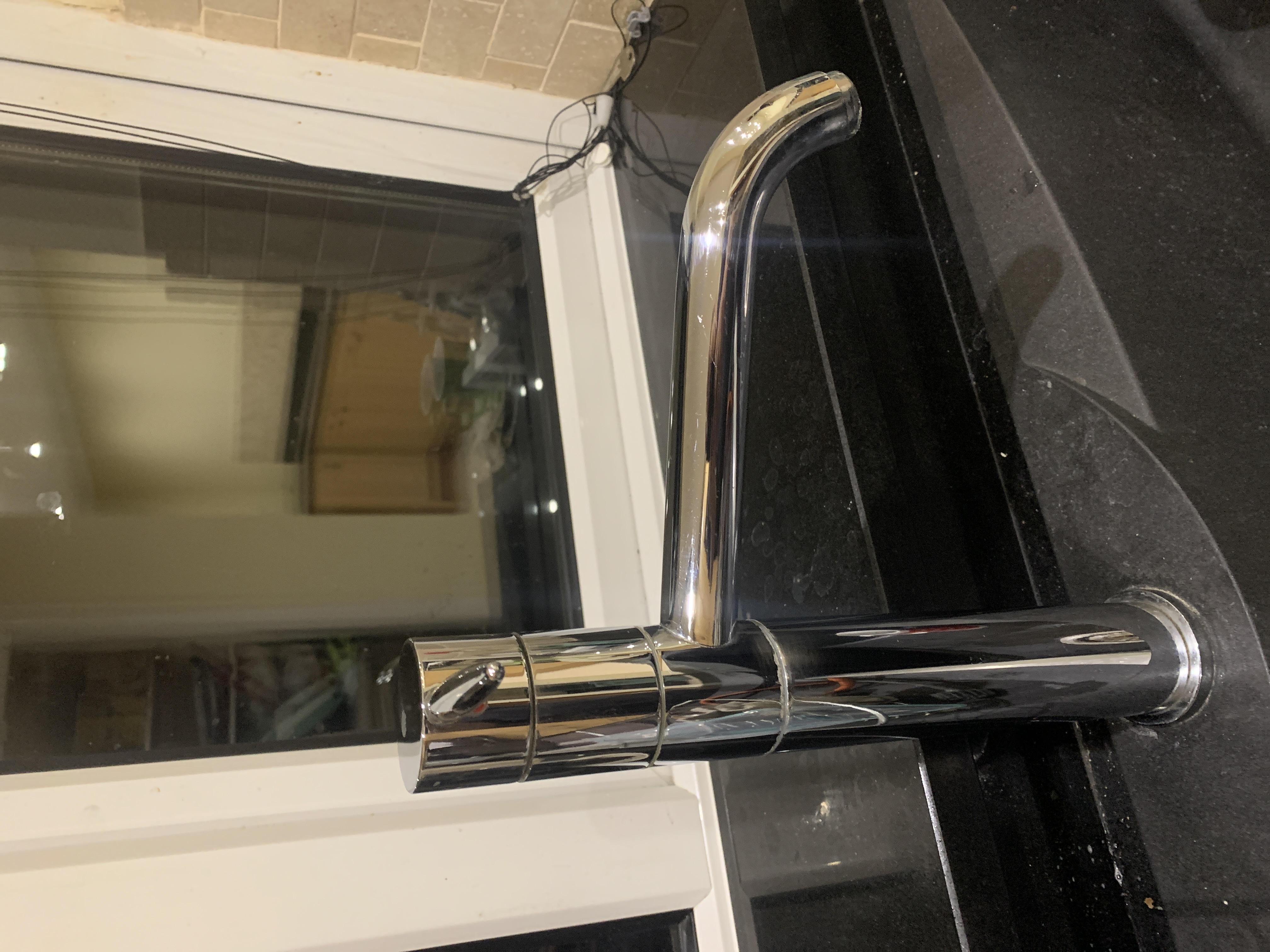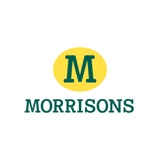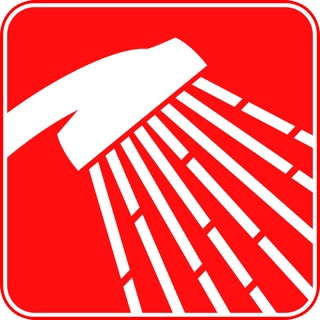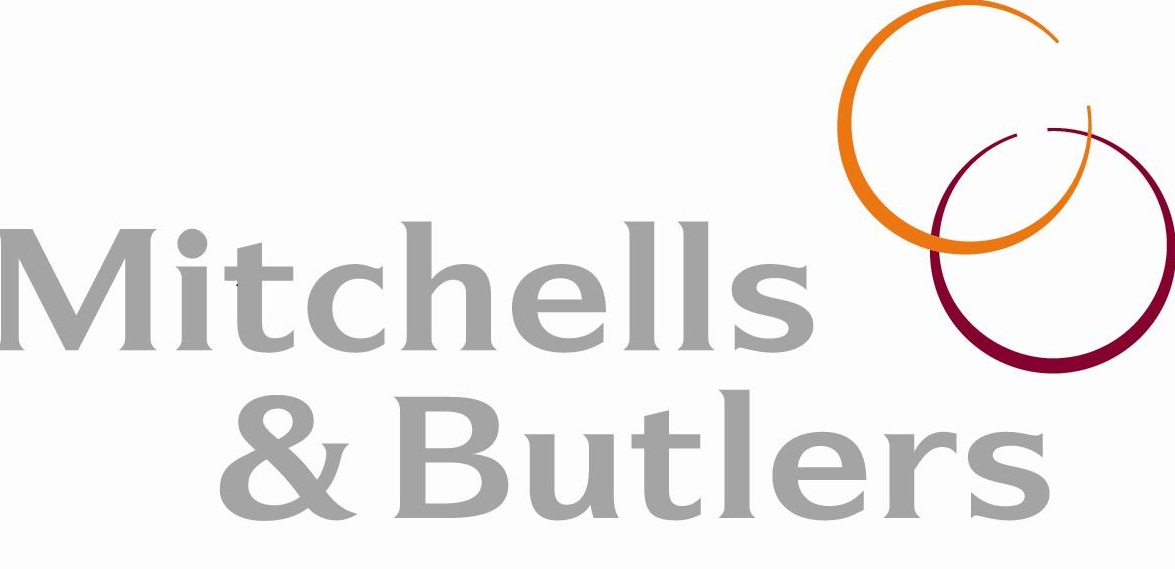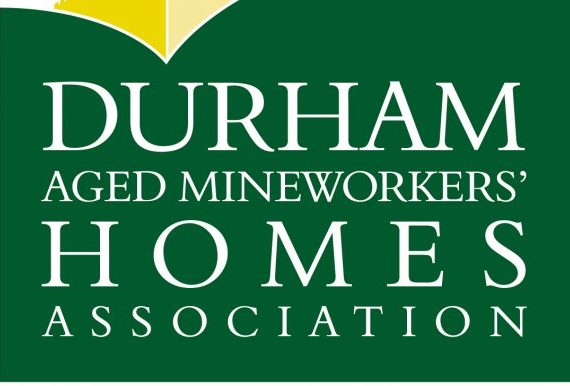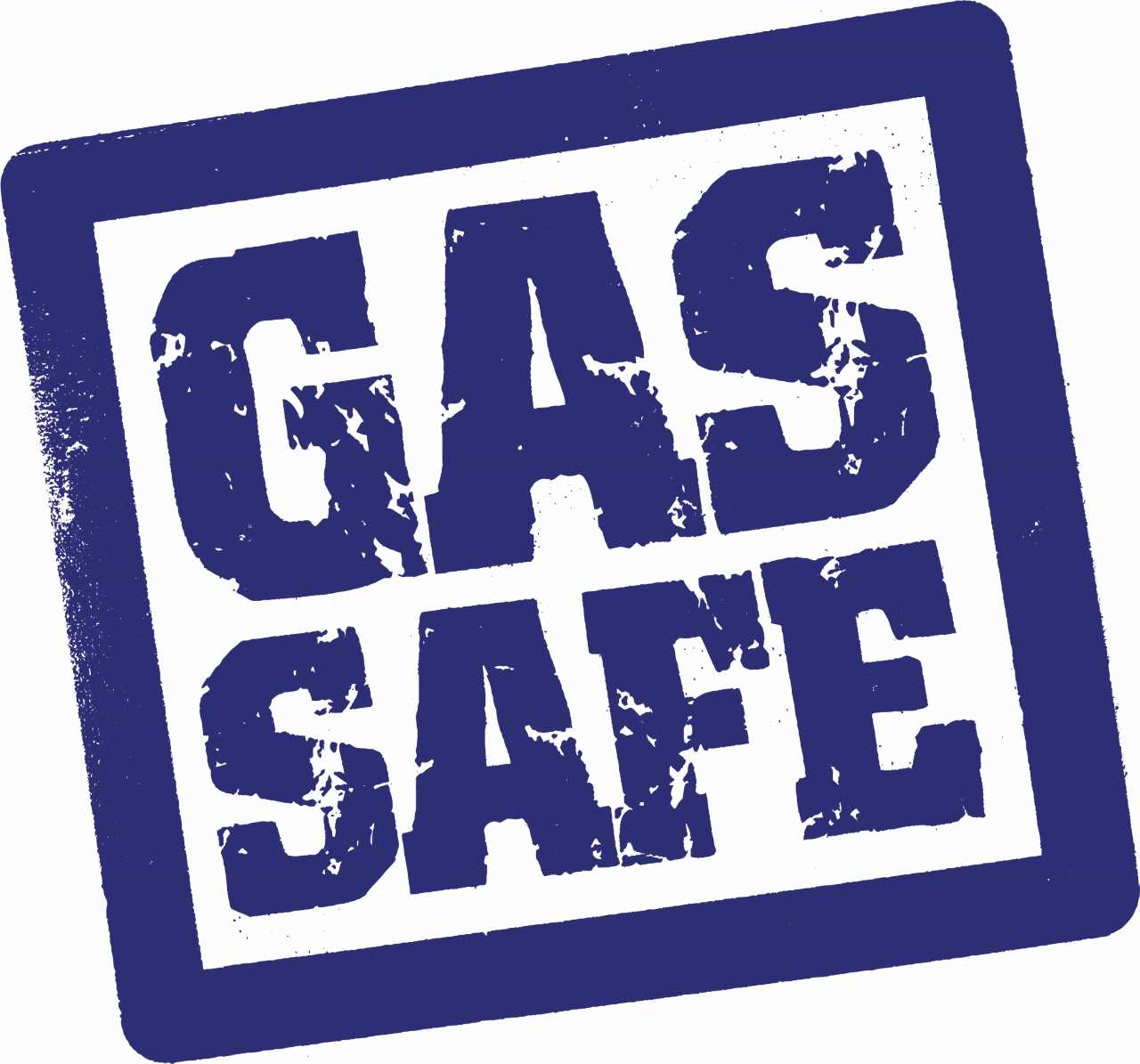Title Page
-
Document No.
-
Property address
-
Client
-
Conducted on
-
Name of assessor
The risk being assessed
-
This assessment ascertains the risk of potential exposure to legionella bacteria from work activities related to the water systems and delivery of water on these premises.
Property Summary and Occupancy
-
Occupancy type
- Residential
- Commercial
- Holiday Let
-
Property type
- Flat
- Detached house
- Semi detached house
- End of terrace house
- bungalow
- House of multiple Occupancy
- Mobile home
-
External image of property
Water supply information
-
Is the stop cock accessible and in good working order?
-
How is water fed to the dwelling?
- Directly mains fed
- Indirectly Fed
- NA
Boiler type
-
Combination and direct type water heaters/boilers represent a lower risk than boilers which indirectly heat the hot water stored in a cylinder or vessel.
-
What type of boiler is installed at the property?
- Gas fired combination boiler
- Gas fired heat only boiler
- Gas fired system boiler
- Oil fired combination boiler
- Oil fired heat only boiler
- Electric combination boiler
- Electric heat only boiler
- Electric thermal store
- NA
Storage of domestic hot water
-
Storage of domestic hot water represents a much higher risk for the growth of legionella bacteria. The below section will assess if the water is stored between 20-45 degrees (ideal temperatures for bacteria multiplication), the cleanliness of all storage vessels and ensure these are free from scale, rust, sludge and other deposits which may support legionella bacterial growth.
-
If a hot water storage vessel is present, where is it located
- NA
- Cupboard
- Garage
- Roof Space
- Other
-
Hot water storage vessel type?
- Directly mains fed
- Indirectly Fed
- NA
-
Does the storage vessel have an external expansion vessel?
- Yes
- No
-
What is the storage vessel thermostat setting?
-
Image of hot water storage vessel/cylinder thermostat setting
-
Image of storage vessel if present
Feed and expansion tank (header tank)
-
Is there a header tank?
- Yes
- No
- N/A
-
Location of header tank?
- Roof space
- Combi tank
- airing cupboard
- N/A
-
Is the tank clean and free from scale, sludge and other contaminants?
- Yes
- No
- N/A
-
Does the tank have a tight fitting lid?
- Yes
- No
- N/A
-
Does the tank require a bylaw 30 kit?
-
Image of header tank
Water outlet temperature records
-
List of outlets and recorded temperatures from the hot and cold supply.
If there are thermostatic mixing valves (TMV's), the temperature recorded are the temperatures of the supply pipe work nearest the TMV as possible. -
Hot/Cold Outlet 1
-
Outlet Location
- kitchen
- Bathroom
- Ensuite
- Cloak room
- Utility
- NA
-
Outlet type
- Mixer tap
- individual taps
- Mains fed thermostatic shower valve
- Electric shower
- NA
-
Hot water temperature (after 2 mins continuous flow)
-
Cold water temperature (after 2 minutes continuos flow)
-
Is the outlet free from scale and in good general condition?
-
Image of water outlet
-
Hot/Cold Outlet 2
-
Outlet Location
- kitchen
- Bathroom
- Ensuite
- Cloak room
- Utility
- NA
-
Outlet type
- Mixer tap
- individual taps
- Mains fed thermostatic shower valve
- Electric shower
- NA
-
Hot water temperature (after 2 mins continuous flow)
-
Cold water temperature (after 2 mins continuous flow)
-
Is the outlet free from scale and in good general condition?
-
Image of water outlet
-
Hot/Cold Outlet 3
-
Outlet location
- kitchen
- Bathroom
- Ensuite
- Cloak room
- Utility
- NA
-
Outlet type
- Mixer tap
- individual taps
- Mains fed thermostatic shower valve
- Electric shower
- NA
-
Hot water temperature (after 2 mins continuous flow)
-
Cold water temperature (after 2 mins continuous flow)
-
Is the outlet free from scale and in good general condition?
-
Image of water oulet
-
Hot/Cold Outlet 4
-
Outlet location
- kitchen
- Bathroom
- Ensuite
- Cloak room
- Utility
- NA
-
Outlet type
- Mixer tap
- individual taps
- Mains fed thermostatic shower valve
- Electric shower
- NA
-
Hot water temperature (after 2 mins continuous flow)
-
Cold water temperature (after 2 mins continuous flow)
-
Is the outlet free from scale and in good general condition?
-
Water outlet image
-
Hot/Cold Outlet 5
-
Outlet location
- kitchen
- Bathroom
- Ensuite
- Cloak room
- Utility
- NA
-
Outlet type
- Mixer tap
- individual taps
- Mains fed thermostatic shower valve
- Electric shower
- NA
-
Hot water temperature (after 2 mins continuous flow)
-
Cold water temperature (after 2 mins continuous flow)
-
Is the outlet free from scale and in good general condition?
-
Water outlet image
-
Hot/Cold Outlet 6
-
Outlet location
- kitchen
- Bathroom
- Ensuite
- Cloak room
- Utility
- NA
-
Outlet type
- Mixer tap
- individual taps
- Mains fed thermostatic shower valve
- Electric shower
- NA
-
Hot water temperature (after 2 mins continuous flow)
-
Cold water temperature (after 2 mins continuous flow)
-
Is the outlet free from scale and in good general condition?
-
Water outlet image
Showers
-
Showers -Basic requirements
Because of their design showers are regarded as high risk, not least because of the close proximity of aerosol to the user of the shower.
Shower heads should be removed, disinfected, de-scaled and cleaned by the occupier quarterly or as indicated by the rate of fouling to control the risk of bacterial build up. More information on how to undertake this task can be found in the tenant guide left on site at the time of assessment. -
Shower 1
Complete full inspection on shower heads and hoses and record findings. -
Shower type
- Electric
- Thermostatic, mains fed
- Thermostatic, gravity fed
- NA
-
Shower location and condition
- Bathroom - Good overall condition
- Bathroom - Poor overall condition
- Ensuite - Good overall condition
- Ensuite - Poor overall condition
- Other - Good overall condition
- Other - Poor overall condition
- NA
-
Image of shower head, hose and valve
-
Shower 2
Complete full inspection on shower heads and hoses and record findings. -
Shower type
- Electric
- Thermostatic, mains fed
- Thermostatic, gravity fed
- NA
-
Shower location and condition
- Bathroom - Good overall condition
- Bathroom - Poor overall condition
- Ensuite - Good overall condition
- Ensuite - Poor overall condition
- Other - Good overall condition
- Other - Poor overall condition
- NA
-
Image of shower head, hose and valve
Deadlegs
-
Are there any visible supply pipe work deadlegs over 300mm?
External water outlets (outside taps)
-
Are there any external taps or other external water outlets at the property?
-
Is the outlet in good overall condition?
- Yes
- No
- N/A
Hot Tubs
-
Is there a hot tub located either externally or internally at the property?
Tenant/Occupier information
-
Has the assessor issued the occupiers a legionella information leaflet?
Recommended actions
-
In the below section you will find basic action which require attention from the duty holder in order to reduce and control the risk of a legionella outbreak at the property. We would recommend these actions are completed within one month of notification.
-
undefined
Risk banding
-
Risk indicators within the above sections are defined as follows:
Items highlighted RED are considered to be HIGH risk and prompt action is required to reduce and control any potential growth and spread of harmful legionella bacteria.
Items highlighted AMBER are considered to be MODERATE risk and action is required within one month to reduce and control any potential growth and spread of harmful legionella bacteria.
Items highlighted GREEN are considered to be LOW risk and no further action is required at this time.
Overall property rating
-
The below is an overall risk rating summary of the property taking into account all areas of the water system and outlets assessed.
-
Overall risk rating
Review
-
A review of this assessment should be carried out regularly (at least every two years) and whenever there is reason to suspect that it is no longer valid for example if any of the below apply:
*A change to the water supply system or its use;
*Any alteration to the use of the building where the system is installed;
*New information becomes available about the risks or control measures;
*The results of checks indicating that control measures are no longer effective;
*A case of legionnaires disease/legionellosis associated with the system.
Signed
-
Add signature
